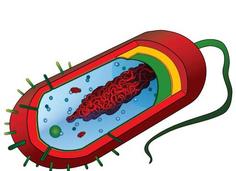Life on Earth has been around for millions of years, but not
without imperfection. As long as there is life on Earth, extinction will always
be a determining factor. It is considered the fate of all species eventually. As
scientists continue to study Earth and its history they continue to find evidence
that there is a steady background extinction rate. Many episodes of mass
extinction were also present. Evidence (fossils) shows that over the last 600
million years, at least 5 mass extinctions have occurred that scientists can
prove actually happened. During these extinctions, at least 50% of the Earth’s
population was wiped out. Talk about counting your losses..2 of the most
extreme were the Permian and Cretaceous extinctions. An unsettled Earth is what
caused the Permian extinction. By unsettled Earth I mean: volcanoes everywhere,
extremely hot climate, mixing of oceans, and reduced oxygen levels. No wonder
96% of shallow water species died! The Cretaceous extinction is the more
commonly known extinction that occurred. Remember when your teacher taught you
that an asteroid crashing into Earth caused the extinction of all dinosaurs?
Well, they were right. And the Cretaceous extinction is exactly what they were
referring to. The asteroid that struck Earth 65 million years ago blocked
sunlight and disrupted the climate which caused 50% of all animals to perish
(including dinosaurs). Now, we have to carefully observe what is going on
around us because scientists believe that a 6
th mass extinction may
be under way! :/
Source: Class Notes-Chapter 15-Tracing Evolutionary History















